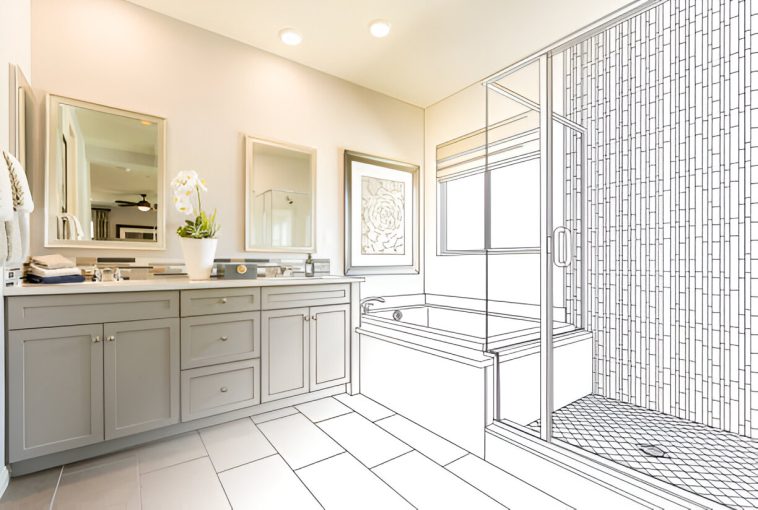You know that feeling when you walk into a ridiculously gorgeous home and immediately think, “I could never afford this”? Well, here’s the plot twist: most of those “expensive” looks didn’t actually cost a fortune.
I’ve been obsessed with interior design for years—perhaps following design Instagram accounts qualifies as research—and I’ve figured it out. The truth is, designers have been keeping these budget-friendly secrets locked away like some sort of style conspiracy. But today? I’m spilling all the tea.
Most people assume luxury design requires selling a kidney or two. Wrong! The real magic happens when you understand what makes something look expensive versus what actually costs a lot.
Ready to transform your space without emptying your bank account? Let’s jump into 15 designer tricks that’ll have your guests asking where you hired your decorator. Plot twist: you ARE the decorator now.
The Psychology of “Expensive” Design
Before we get into the nitty-gritty, let’s talk about why certain things scream “luxury” while others whisper “clearance rack.” It’s not about the price tag – it’s about quality, cohesion, and intentionality.
Think about it: what makes a five-star hotel lobby feel so damn fancy? It’s not because they spent millions on each piece. It’s because everything works together harmoniously, the lighting is spot-on, and there’s not a single random tchotchke in sight.
Expensive-looking design hits three key notes:
- Visual cohesion (everything talks to each other nicely)
- Proper proportions (nothing looks lost or overwhelming)
- Thoughtful details (every element serves a purpose)
The beauty of understanding this psychology? You can fake it ’til you make it, and honestly, no one will know the difference.
The 15 Designer Secrets That’ll Make Your Home Look Expensive
Secret 1: Master the Art of Layered Lighting
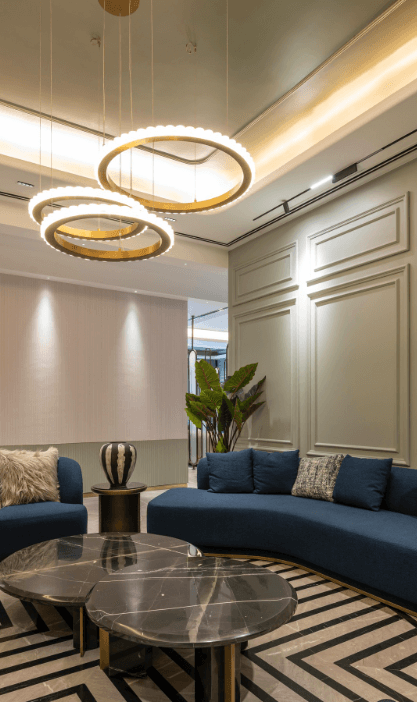
Instagram : thecolosseumindia
Okay, real talk – overhead lighting is the enemy of luxury. You know that harsh ceiling light that makes everyone look like they’re being interrogated? Yeah, that’s gotta go.
Here’s what actually works:
- Table lamps for cozy ambient lighting
- Floor lamps to fill dark corners
- String lights for unexpected warmth (not just for college dorms!)
What’s the magic formula? There are three layers of light: ambient (overall room lighting), task (for specific activities), and accent (to emphasize lovely objects). You don’t have to spend a lot of money; a $20 lamp from Target may appear fancy with the appropriate bulb and location.
Pro tip: Warm light bulbs (2700K-3000K) instantly make everything look more expensive. Cool white light? That’s for garages, not gorgeous homes.
Secret 2: Invest in One Statement Piece Per Room
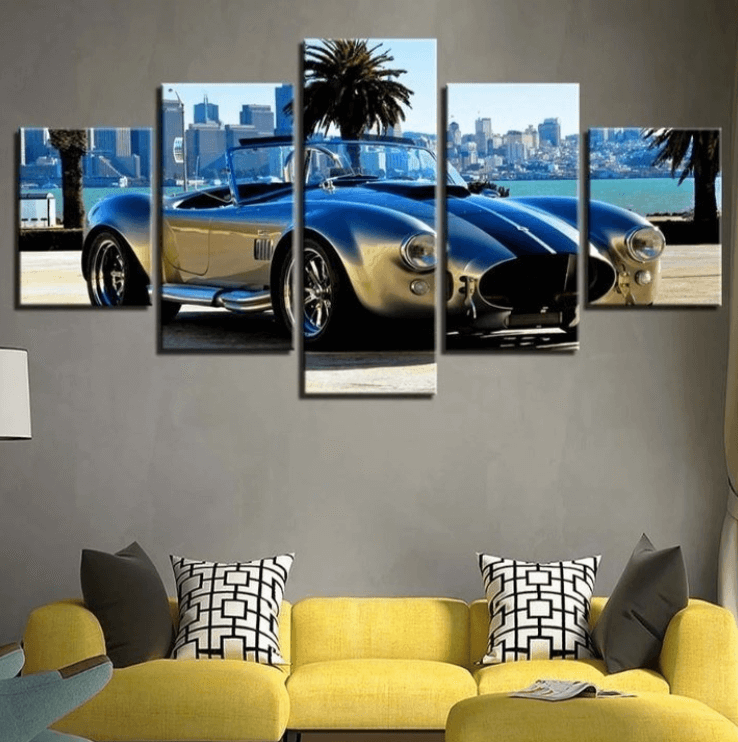
Instagram : wallreadycanvas
This one’s my personal favorite because it gives you maximum impact for minimum investment. Instead of buying ten mediocre things, buy one thing that makes people stop and stare.
Statement piece ideas that won’t break the bank:
- A bold piece of art (more on this later)
- An unusual light fixture
- A vintage rug from Facebook Marketplace
- A dramatic accent wall
The key is choosing something that reflects your personality but also elevates the entire space. I once bought a $40 vintage mirror at a thrift shop, and people still ask where I got my “expensive” decor. 🙂
Secret 3: Use the 80/20 Rule for Shopping
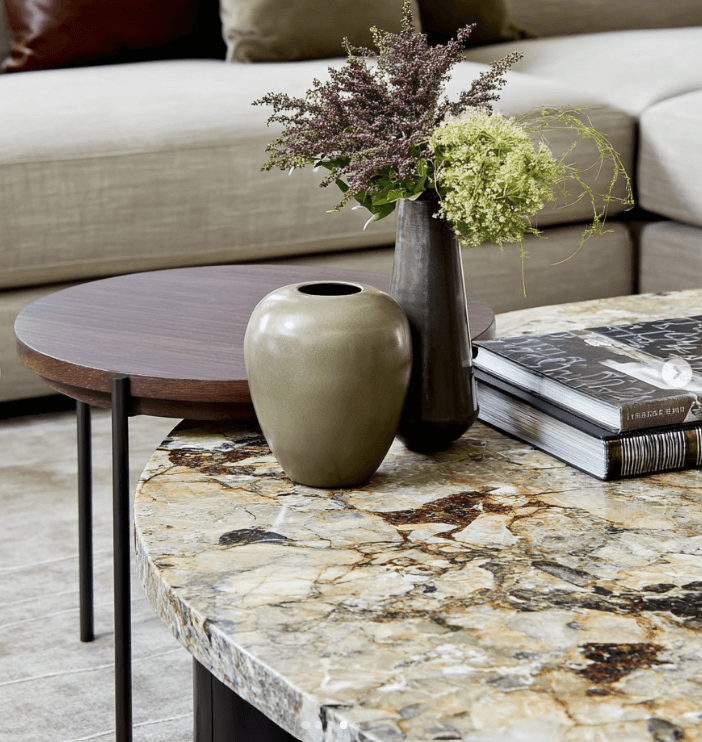
Instagram : design_de_lujo
This rule changed my decorating game completely. Spend 80% of your budget on affordable basics and 20% on higher-quality accent pieces. It’s like investing in a designer handbag but pairing it with jeans from Target – the expensive piece elevates everything else.
Worth splurging on (your 20%):
- One piece of quality furniture (like a really good sofa)
- Window treatments
- A statement light fixture
Save money on (your 80%):
- Throw pillows
- Decorative accessories
- Picture frames
- Plants and planters
This strategy lets you have a few genuinely nice pieces that make everything else look more expensive by association. Genius, right?
Secret 4: Create Visual Height with Curtains
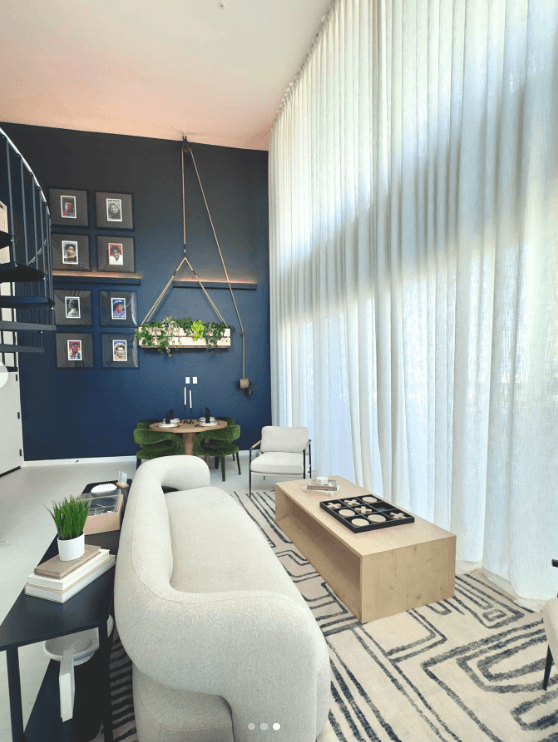
Instagram : twopagescurtains
Want to discover the quickest method to make any area appear expensive? Hang your curtains as near to the ceiling as feasible, not directly over the window frame, as most people do.
This trick makes your ceilings look taller and your windows look bigger. It’s basically architecture magic, and it costs zero extra dollars to implement.
Budget-friendly curtain hacks:
- Buy longer panels and hem them yourself
- Use curtain clip rings to add height to existing panels
- Layer sheer curtains with heavier ones for depth
Choose solid colors over busy patterns – they look way more sophisticated and expensive.
Secret 5: Embrace Monochromatic Color Schemes
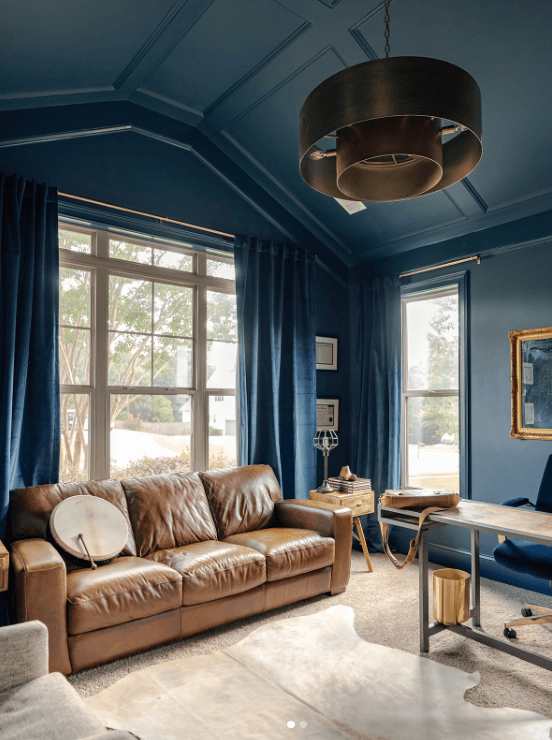
Instagram : hawkinsandgraydesign
Here’s something I learned the hard way: single-color palettes always look more sophisticated than rainbow explosions. When everything in a room plays in the same color family, your eye isn’t jumping around trying to process chaos.
Think about those gorgeous hotel rooms you see on Pinterest – they’re usually working with 2-3 colors max, and it looks effortlessly elegant.
How to nail monochromatic on a budget:
- Pick one main color and use different shades/tints
- Add texture instead of color for visual interest
- Use the 60-30-10 rule (60% main color, 30% secondary, 10% accent)
You can create an entire sophisticated color scheme with paint samples from Home Depot. No joke – I’ve done it.
Secret 6: Add Crown Molding and Trim
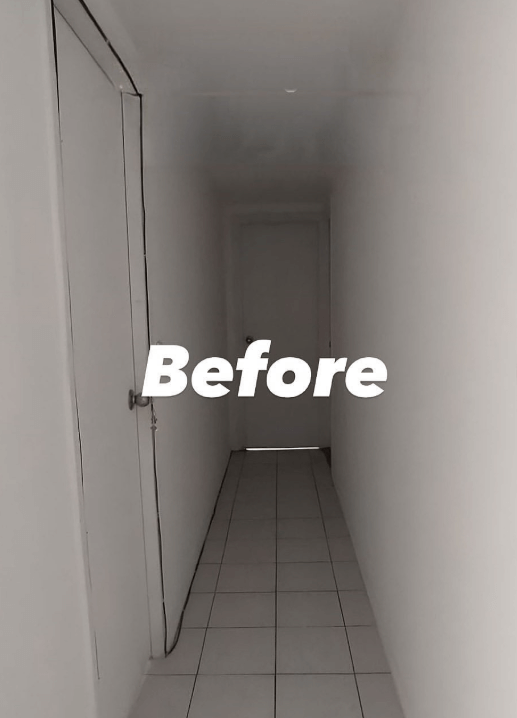
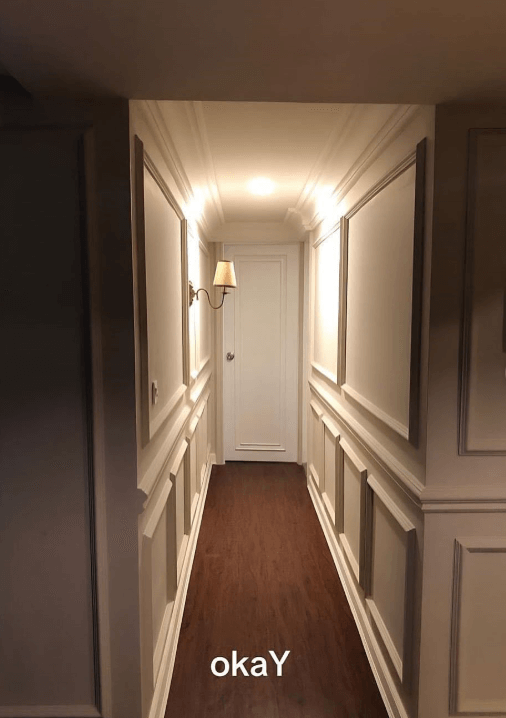
Nothing says “custom home” like architectural details, but you don’t need to hire a contractor to get the look. DIY crown molding can cost under $100 and completely transform a space.
Budget architectural detail options:
- Peel-and-stick crown molding (yes, it’s a thing!)
- Chair rail molding for instant sophistication
- Picture frame molding on walls
Focus on high-impact areas like the living room or master bedroom first. Even fake architectural details look expensive when they’re installed properly.
Secret 7: Style Like a Pro with the “Triangle Rule”
Professional stylists use this trick religiously: arrange accessories in groups of three with varying heights. It creates visual interest without looking cluttered or random.
Triangle rule in action:
- Three candles of different heights on a mantel
- A tall lamp, medium vase, and small picture frame on a side table
- Varying pillow sizes on a sofa
Hit up thrift stores for unique accessories – you’ll find one-of-a-kind pieces that look way more expensive than mass-produced decor. Plus, the hunt is half the fun!
Secret 8: Upgrade Hardware Throughout Your Home
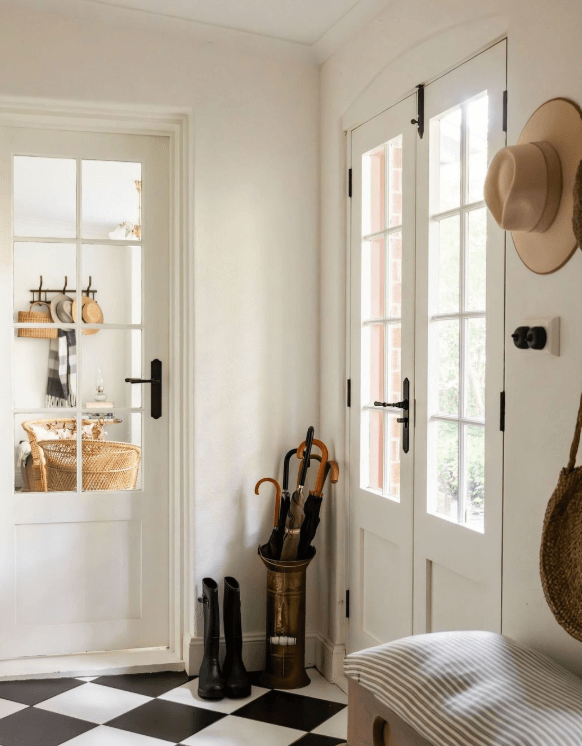
Instagram : keelerhardware
This one’s stupidly simple but makes a huge difference. Swapping out builder-grade hardware for something more stylish instantly elevates your entire space.
Hardware that makes the biggest impact:
- Cabinet knobs and drawer pulls
- Light switch covers and outlet covers
- Bathroom fixtures
- Door handles
You can find designer-look hardware at places like Amazon or even Dollar Tree (seriously!). Even renters can do this – just save the original hardware to swap back when you move.
Secret 9: Use Large-Scale Art (Even on a Budget)
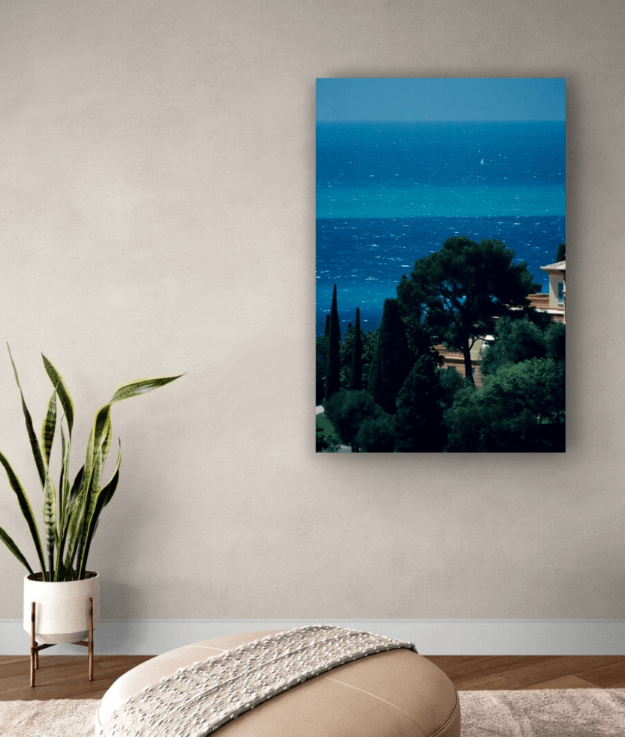
Instagram : danielaubryphotography
Small art makes everything appear cheap and disorganized. Big art makes everything appear purposeful and costly. Original items, however, do not have to cost thousands of dollars.
DIY large art ideas under $30:
- Print high-resolution images at a print shop and frame them
- Create abstract art with canvas and paint
- Frame fabric or wallpaper samples
- Make a gallery wall with thrifted frames
The secret is to overestimate your needs. It’s probably just right if it feels too huge.
Secret 10: Master the “Expensive” Color Palette
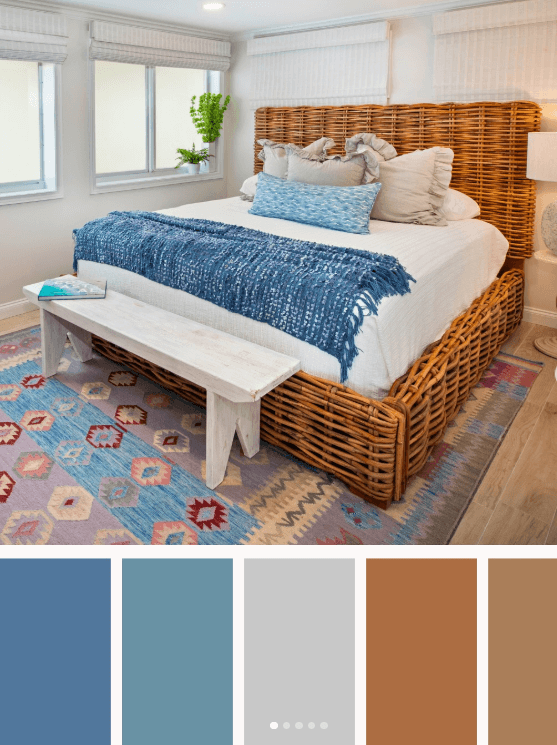
Instagram : lagnappe.interiors
Certain colors just scream luxury, while others whisper “budget decorating.” Rich, saturated colors and sophisticated neutrals always look more expensive than bright, primary colors.
Colors that instantly elevate a space:
- Deep navy instead of bright blue
- Charcoal instead of pure black
- Warm whites instead of stark white
- Rich jewel tones as accents
You can transform any space with a $30 can of paint in the right color. It’s literally the cheapest way to make something look expensive.
Secret 11: Add Texture Through Textiles
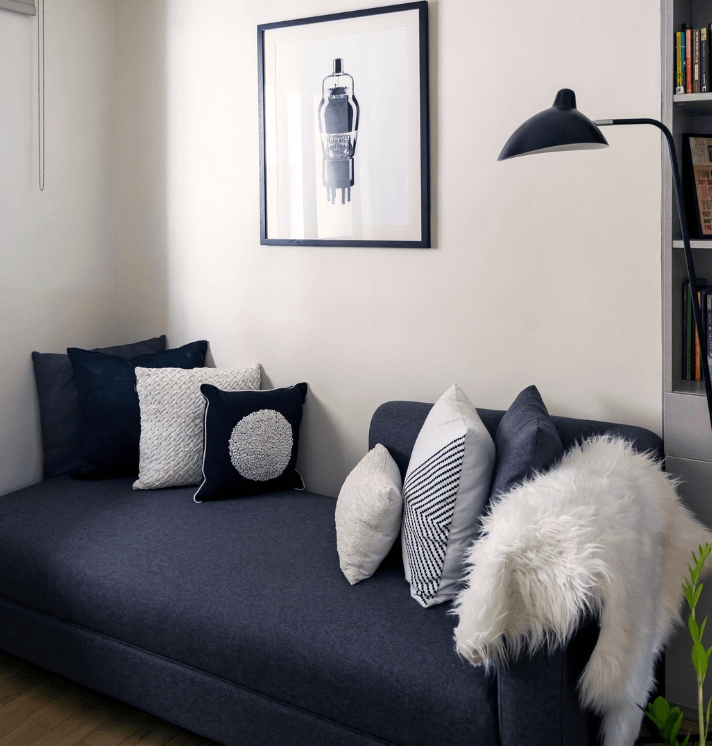
Instagram : gal_at_home
Flat, smooth surfaces look cheap. Layered textures look rich and intentional. This is where you can really have fun without spending a fortune.
Budget-friendly texture ideas:
- Layer different rugs (jute under a colorful rug)
- Mix pillow textures (velvet, linen, faux fur)
- Add throws in different materials
- Include woven baskets for storage
Hit up discount stores like HomeGoods or Marshall’s for designer textiles at fraction prices. Your secret’s safe with me!
Secret 12: Create Built-in Looks with Furniture
Built-ins look custom and expensive, but you can fake the look with clever furniture arrangement and a few DIY tricks.
Fake built-in strategies:
- Mount floating shelves to look like custom millwork
- Use furniture pads to attach bookcases to walls
- Create a gallery wall behind furniture to mimic built-ins
With a few tweaks, IKEA furniture may appear quite pricey. Add trim, change the hardware, or paint it a sophisticated color – boom, custom look for cheap.
Secret 13: Use Mirrors Strategically
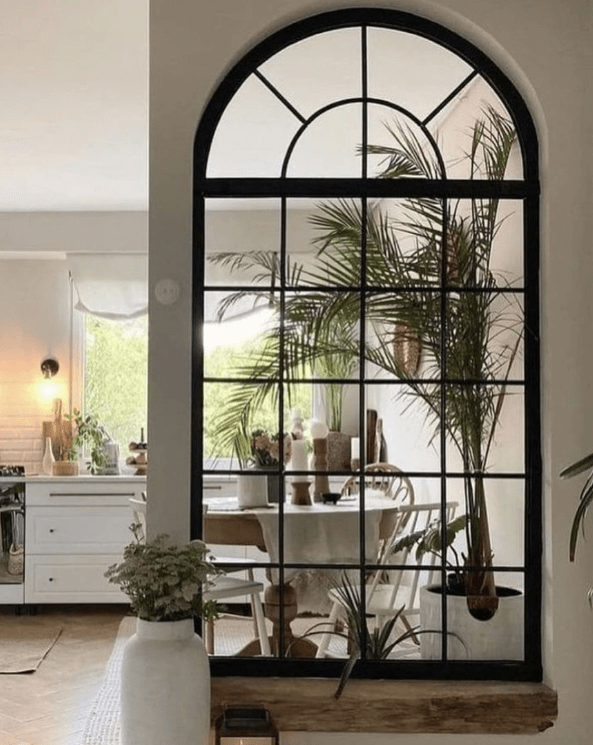
Instagram : alpkenmirror
Mirrors are like magic for making spaces look bigger, brighter, and more expensive. Place large mirrors opposite windows to double the natural light, or use them to reflect beautiful views or architectural features.
Affordable large mirror sources:
- Thrift stores and estate sales
- Facebook Marketplace
- IKEA (their large mirrors are surprisingly good)
- Dollar Tree mirrors in interesting frames
Group smaller mirrors together if you can’t afford one large one – the effect is just as dramatic.
Secret 14: Pay Attention to Scale and Proportion
This is where most people mess up: they choose furniture that’s too small for their space. Tiny furniture makes rooms look cheap and disconnected.
Scale rules that work:
- Bigger is usually better for main furniture pieces
- Leave breathing room around furniture
- Use fewer, larger pieces instead of many small ones
When in doubt, go bigger. A large sectional looks more expensive than a tiny loveseat floating in the middle of a room.
Secret 15: Declutter and Edit Ruthlessly
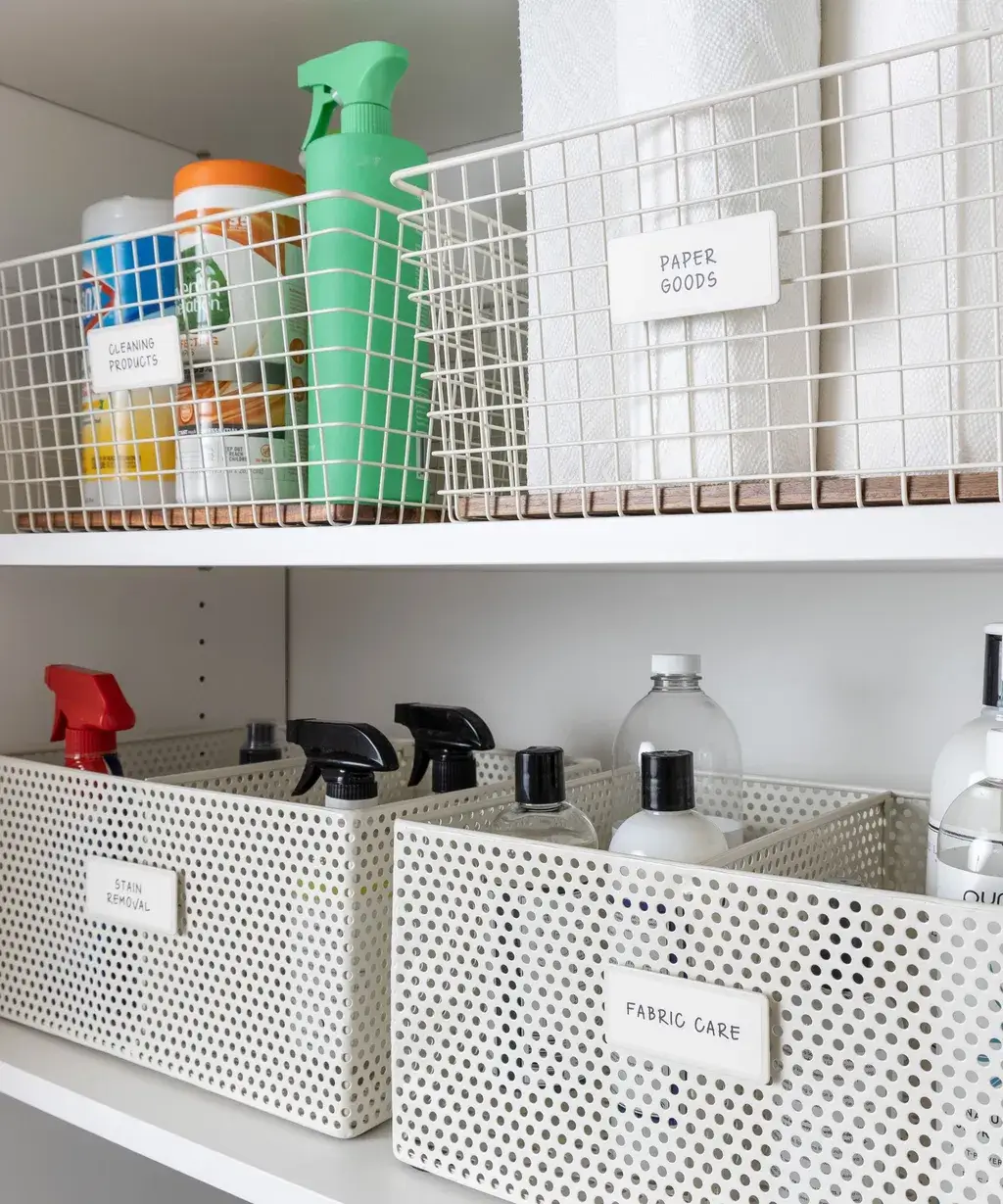
Here’s the hardest truth: luxury looks like less, not more. Those gorgeous magazine rooms? They’re not full of stuff. Every single item earns its place.
The ruthless editing process:
- Remove everything from a surface
- Put back only what you absolutely love
- Follow the “one in, one out” rule
- Store seasonal decor instead of leaving it out year-round
I know it’s tempting to display every cute thing you own, but restraint is what separates expensive-looking spaces from cluttered chaos.
Room-by-Room Quick Reference
Living Room priorities:
- Layer your lighting (kill that overhead!)
- Add one killer statement piece
- Use larger-scale furniture
Bedroom luxury feels:
- Invest in good window treatments
- Layer different textures in bedding
- Keep surfaces mostly clear
Kitchen impact moves:
- Upgrade cabinet hardware
- Add under-cabinet lighting
- Style counters minimally
Bathroom spa vibes:
- Replace builder-grade fixtures
- Add fluffy towels and a nice bath mat
- Use mirrors to maximize light
Shopping Strategy That Actually Works
Best stores for budget luxury finds:
- HomeGoods and TJ Maxx for designer decor
- Facebook Marketplace for unique furniture
- Thrift stores for vintage accessories
- Target’s Project 62 line for modern basics
Timing your shopping:
- End of season sales for big savings
- Estate sales for one-of-a-kind finds
- Clearance sections first, always
Apps that’ll save you money:
- Honey for online coupon codes
- Facebook Marketplace for local deals
- Pinterest for DIY inspiration
Pro tip: Take photos of expensive pieces you love, then hunt for similar looks at budget stores. You’d be surprised how often you can find dupes!
Mistakes That Scream “Budget” (Avoid These!)
Don’t buy everything from one store – it looks matchy-matchy and obviously cheap. Mix high and low, old and new.
Don’t ignore lighting – I can’t stress this enough. Bad lighting makes everything look terrible, no matter how much you spent.
Don’t over-accessorize – more stuff doesn’t equal more style. Less is genuinely more when it comes to expensive looks.
Don’t choose furniture that’s too small – it’s better to have fewer, larger pieces than lots of tiny ones floating around.
Time to Make It Happen
Look, I could keep going (I seriously love talking about this stuff), but you’ve got the insider knowledge now. The most impactful changes? Start with lighting, add one statement piece, and declutter like your life depends on it.
Here’s the thing about luxury design: it’s about intention, not price tags. When you make thoughtful choices and pay attention to details, people notice. They just can’t put their finger on why your space feels so much more sophisticated than theirs.
Pick 2-3 of these secrets and start there. You don’t need to transform everything overnight – even small changes make a big difference when you know what you’re doing.
So, which secret are you trying first? FYI, I’m betting it’ll be the lighting thing because once you see the difference, you can’t unsee it. Trust me on this one!

